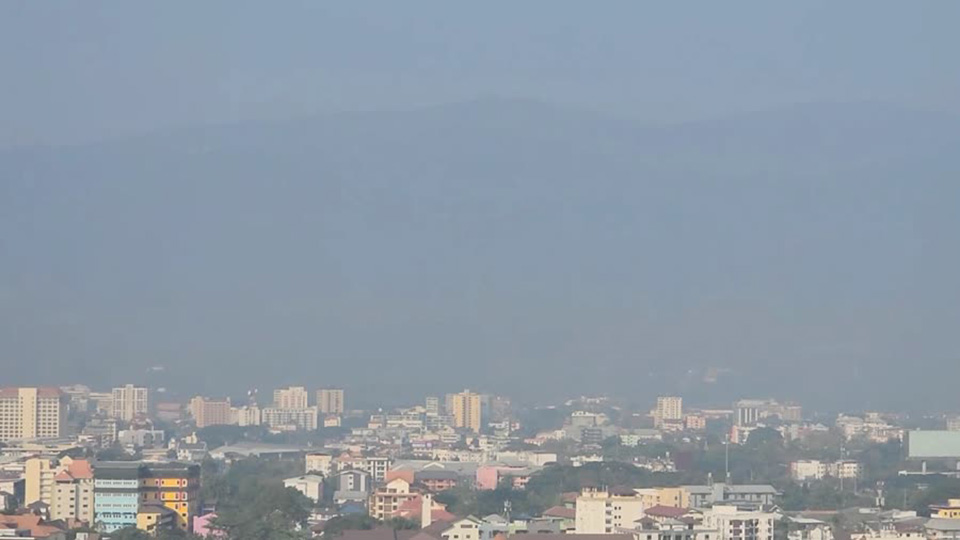
PM2.5 airborne dust levels currently exceed the national safety threshold in many areas of Thailand. Aware of this pressing matter, the Ministry of Interior has told provincial governors to elevate PM2.5 dust prevention efforts by strictly guarding against open-air burning and putting out forest fires.
The Ministry of Interior issued a letter to all provincial governors, telling them to accelerate efforts to combat forest fires, haze, and PM2.5 dust. The governors were told they are to expect an urgent meeting of the National Environment Committee to be convened if the situation does not improve. The potential meeting would be held to screen options that might be used to address the dust issue.
The letter calls for the governors to elevate operations combating PM2.5 dust in accordance with the Cabinet resolution on October 1, 2019. They are to increase the efficiency of area management in light of the dust crisis.
One measure stipulated within the Cabinet resolution cited designates 4 levels of area management responses according to the level of PM2.5 dust.
The first level of responses is used when PM2.5 readings do not exceed 50 micrograms per cubic meter. Relevant agencies are to carry out duties and exercise their authority to reduce or limit the PM2.5 level.
The second level of responses is triggered when PM2.5 readings are in the range of 51 and 75 micrograms per cubic meter. Relevant agencies are to elevate their dust responses and the provincial governor is to take charge as the commander of activities combating air pollution and be given the support of various public agencies.
The third level of responses is implemented when PM2.5 readings range between 76 and 100 micrograms per cubic meter. When the dust situation continues to exacerbate after level two responses have already been administered, the provincial governor is to exercise his authority to take control of or put a stop to pollution-generating sites or activities. This would be carried out under the guidance of a pollution control committee.
The fourth level of response is triggered when PM2.5 readings exceed 100 micrograms per cubic meter and when the third level of response fails to bring down the dust level. An urgent meeting of the National Environment Committee is to be convened so solutions can be found for the air pollution situation. (NNT)





